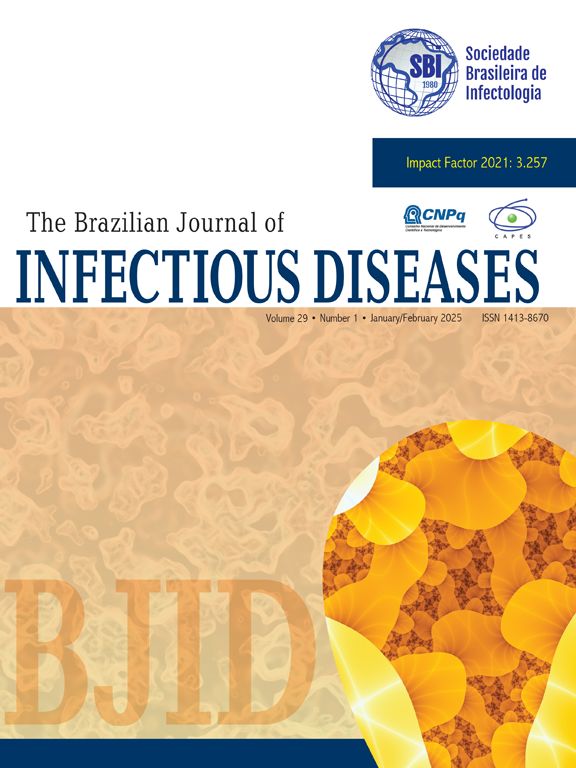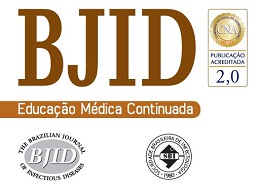Hepatitis B and C are important causes of morbidity and mortality worldwide. In Brazil, according to the Ministry of Health, about 15% of population is infected by hepatitis B virus (HBV) and less than 1% by hepatitis C virus (HCV). Nevertheless, the age-specific prevalence of HBV and HCV markers remains unknown. This study aimed to determine the seroprevalence of HBV and HCV markers of infection and immunity in children and adolescents between 10 to 16 years old who live in the metropolitan area of Florianópolis, state of Santa Catarina, South of Brazil. Three hundred and eighty four individuals were enrolled in this study. Serological markers for HBV and HCV (HBsAg, total anti-HBc, anti-HBc IgM, anti-HBs and anti-HCV) were determined through Microparticle Enzyme Immunosorbant Assay (MEIA) - AxSYM System® - by using commercial diagnostic kits (Abbott Laboratories, Abbott Park, Illinois, USA). All 384 adolescents (100%) were negative for HBsAg and anti-HBc IgM. Only two (0.52%) were positive for total anti-HBc. Among the studied individuals, 226 (58.85%) presented titers of anti-HBs≥10.0mIU/mL, 121 (31.51%) presented anti HBs < 10.0mIU/mL, and 37 (9.64%) did not present titers of anti-HBs. Regarding to anti-HCV, all 384 adolescents (100%) presented negative results for this marker. In conclusion, this study showed a low prevalence of HBV and HCV infections. In addition, it was verified a great number of children and adolescents (89.84%) who were positive for the immunity marker anti-HBs, implying that the National Immunization Program Protocol for hepatitis B has been effective in the studied region.
The Impact Factor measures the average number of citations received in a particular year by papers published in the journal during the two preceding years.
© Clarivate Analytics, Journal Citation Reports 2025
SRJ is a prestige metric based on the idea that not all citations are the same. SJR uses a similar algorithm as the Google page rank; it provides a quantitative and qualitative measure of the journal's impact.
See moreSNIP measures contextual citation impact by wighting citations based on the total number of citations in a subject field.
See more



